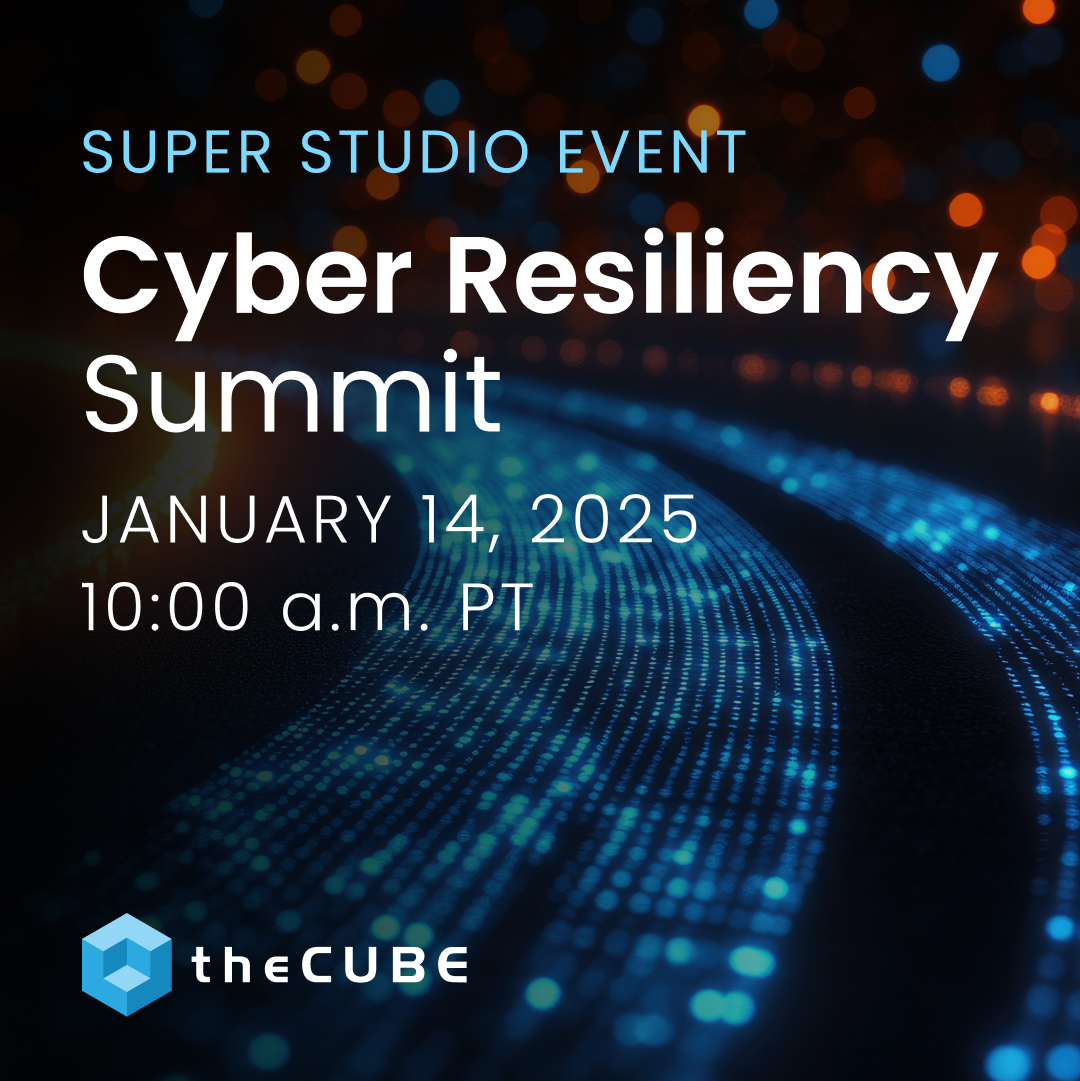Content Silos and the Distribution of Personal Business Intelligence
Guest Post: This is a guest post by Venture Capitalist Frank Artale, Partner at Ignition Partners.
![]() The notion of personal business intelligence may seem a bit odd. The fact of the matter is that we all create, consume, view, and bookmark a large body of content each minute of our online and offline lives. Those of us that work for businesses of all sizes (and that means anyone who gets paid or attempts to) face a growing number of content places and types all the time. The network we have to maintain in our brains to remind us of the “what and where” is challenging.
The notion of personal business intelligence may seem a bit odd. The fact of the matter is that we all create, consume, view, and bookmark a large body of content each minute of our online and offline lives. Those of us that work for businesses of all sizes (and that means anyone who gets paid or attempts to) face a growing number of content places and types all the time. The network we have to maintain in our brains to remind us of the “what and where” is challenging.
In the “client-server” days we had our inboxes, file shares, internet, and intranet sites. It was fairly easy to create a map of where things were and people only had a few places they could really create content. Line of business applications accepted content from people or systems but in very structured ways and, in general, provided fast access to the content since the applications were specific, single purpose, and generally written by the in house IT staff. Everything else was stored on file servers or e-mail and the external internet was merely a collection of websites one could book mark or throw a search engine against if you forgot something.
A few trends together have changed everything:
· The rise of SaaS as a buy versus build alternative to bespoke line of business applications (Salesforce.com, Workday, Concur versus in house apps)
· The linkage of personal use consumer systems like LinkedIn (social network) or DropBox (sharing) to our business workflows
· Mobile devices and networks as a preferred consumption and convenient publication point
· Adoption of rich collaboration systems (Sharepoint and Box.Net)
The silos are not only in different data centers but are from different vendors and the applications all have different search, retrieve, and share mechanisms. The need to get at everything from a mobile device can be challenging not only due to form factor but also because authentication and security when you come in from the hostile public network is different from what happens on your laptop. Yes I acknowledge the existence of the mobile VPN but can’t prefer it. And of course let’s not forget that all of these content stores encourage us to create lots and lots of data as we share ideas, opinion, and intelligence in ways that simple file creation, email forwarding, and line of business application data collection didn’t. And this is all a good thing.
It is good because organizations comprised of people that document and share information openly are better organizations. Some will say that too much data can cause the proverbial information overload. But on balance, most of the time, more data is better than hidden or missing data. Also and often overlooked is the fact that the best of new silos make their data available via programming interfaces. In house line of business applications never really did that meaningfully so the data was captive until the central IT folks got around to “mining” the database. The strong, behind the scenes structure prevented the free flowing and on the fly sharing that exemplifies the most agile organizations. New applications will go after that data and connect it.
As we continue our march onto the new business software platform (cloud + SaaS + mobile + data enabled everything), the opportunities for efficiency at the individual, group, and company level will leapfrog the state of the art of just a few years ago. I hear too many people talk about how we will drown in data. There is no need to drown. Solutions will embrace the deluge and harness its power. Core technologies like Map-reduce and NoSQL are just the beginning just like the relational database servers that emerged in 1990s to power the client server movement. Elastic storage and compute are the fuel. Fast networking and open data interfaces are the pathways. We’re on our way and I’m looking forward to a new wave of innovation over the top of all this. A couple of Ignition companies are working in this space now. Both SnapLogic and stealthy TipBit are leading great innovation and have embraced the trend and we are proud to be investors in them.
A message from John Furrier, co-founder of SiliconANGLE:
Your vote of support is important to us and it helps us keep the content FREE.
One click below supports our mission to provide free, deep, and relevant content.
Join our community on YouTube
Join the community that includes more than 15,000 #CubeAlumni experts, including Amazon.com CEO Andy Jassy, Dell Technologies founder and CEO Michael Dell, Intel CEO Pat Gelsinger, and many more luminaries and experts.
THANK YOU













